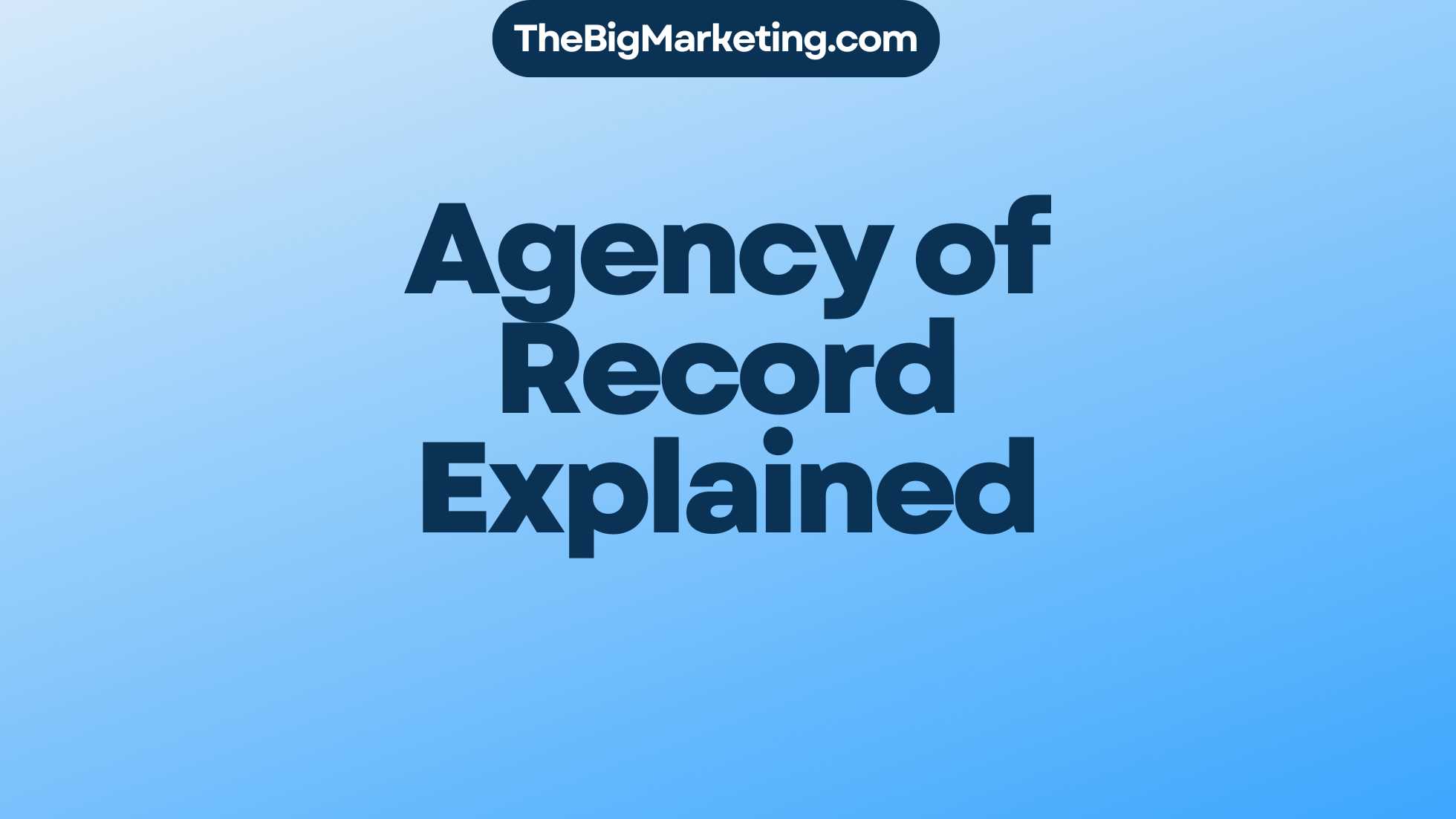Brand activism is now big in the business scene. Companies today are doing more than just making money. They aim to positively change society, tackle important issues, and show they care about more than profits. This piece will look at brand activism, why it matters, and how companies can do it right.
Now, people want to see real action and honesty from their favorite brands. A study showed that 70% of shoppers think brands can spur real change. But, brands must be sincere in their activism. Customers can easily tell when a company is not being true to its word.
Key Takeaways
- Brand activism involves companies speaking out on big issues in society.
- This approach is more than just about doing good; it’s about making a real impact.
- People expect honesty from brands, and being genuine is crucial in brand activism.
- For instance, Ben and Jerry’s create ice cream with a political twist. Halifax bank now lets staff include gender pronouns on their badges.
- However, engaging in brand activism comes with its challenges, like possible negative reactions and the need for brands to really walk their talk.
What is Brand Activism?
Brand activism lets companies show their stand on big issues publicly. It’s more than just internal efforts like CSR. It’s about speaking out and taking action on social, political, and environmental matters. This way, companies can show they care about making the world better.
Companies can practice brand activism in various ways. Some react quickly to current events while others plan their efforts as part of bigger campaigns. Both ways let companies join important conversations and show where they stand on big issues.
Reactive brand activism means companies respond fast to things happening in the world that match their values. This shows they truly care about these issues. Planned brand activism, however, is when companies weave their activism into their marketing plans. This ensures their efforts are consistent and true to their messages.
Reactive vs. Planned Activism
In reactive brand activism, companies quickly react to current events to spread awareness and show their support for causes. They might issue statements, start campaigns, or give to organizations that help with these issues. This type of activism lets companies act fast in times of need.
Planned brand activism is more about the long game. It involves creating campaigns or products that speak to big issues aligned with the company’s values. This approach helps businesses send a clear, consistent message to their audience.
Brand activism gives companies a strong way to show they care about big societal issues. By using both reactive and planned activism wisely, they can make a real difference. They connect with people in meaningful ways, adding to important discussions and promoting change.
Examples of Brand Activism
Brand activism shows up in ways like product options, ad efforts, or social media. Many brands have embraced it to push social causes and impact society positively. Let’s check out some key examples:
Ben & Jerry’s
Ben & Jerry’s, known for its tasty ice cream, also supports social causes. They do this through cleverly named flavors that draw attention to key issues. This way, they spark discussion and awareness around these topics.
Google stepped up to protect user privacy around sensitive searches, like those for abortion clinics. By tweaking its product, it made sure such information stays private and secure.
Calvin Klein
Calvin Klein worked with the LGBTQ+ community for a unique Mother’s Day campaign. It celebrated transgender people and trans-inclusive motherhood, promoting diversity and representation in fashion.
Halifax Bank
Halifax Bank showed its backing for the LGBTQI+ community by adding gender pronouns to staff badges. This move encourages inclusivity and signals the bank’s commitment to welcoming everyone.
These brands show how to use influence for good causes. By connecting their values with meaningful actions, they leave a lasting mark on society. They also strengthen their brand and earn customer loyalty.
Here is an engaging table that summarizes brand activism examples:
| Brand | Example of Activism |
|---|---|
| Ben & Jerry’s | Politically charged ice cream flavors supporting social causes |
| Product functionality protecting user privacy regarding abortion clinics | |
| Calvin Klein | Mother’s Day campaign showcasing transgender inclusion |
| Halifax Bank | Introducing gender pronouns on staff name badges |
These brands highlight that activism can take different shapes and be very effective. Each example shines a light on the importance of using brand platforms for meaningful social causes.
Risks and Challenges of Brand Activism
Recently, more businesses have started to support social, political, and environmental causes. This is known as brand activism. But, with brand activism on the rise, there are also risks and hurdles brands face. One big challenge is “woke-washing”, where companies use social activism in ads without real commitment.
Being inauthentic can harm a brand’s reputation and make people lose trust. A famous case of woke-washing was a Pepsi ad with Kendall Jenner. It was critiqued for making light of social justice movements for profit. The backlash showed that being authentic in brand activism is vital.
To steer clear of woke-washing, brands need to ensure their values match their activism. It’s not enough to just support popular causes. Brands need to be truly dedicated to making a difference. Being genuine helps build trust and credibility with the public.
Another risk is facing a backlash from people who see activism as just a PR move. A survey found that 53% of consumers think brands support social issues only for PR. This shows that brands must prove their sincerity and true involvement in the causes they back.
Having good internal processes is also key to avoiding problems in brand activism. Brands should have strong systems to make sure their actions and public statements reflect their values. This involves including important partners, doing thorough research, and thinking about the effects of their activism.
In conclusion, brand activism can help businesses make a positive social impact and strengthen their brand. But, it comes with risks and challenges. Brands must be careful of woke-washing, stay authentic, and put good internal processes in place. This will help them avoid the pitfalls of brand activism.
The Impact of Brand Activism
Taking a stand on important issues can really boost a brand’s trust with customers. Studies show that supporting groups like the LGBTQ+ community helps. It shows that brand activism can grow trust and loyalty among consumers. Yet, brands must think over their customer base and the outcomes of their activism carefully.
For big brands with diverse customers, brand activism has its risks and rewards. It may draw in new customers who agree with the brand’s views. But, it could push away existing customers with different opinions. Brands should evaluate how their activism fits with their audience’s values.
How a brand manages its actions internally is key to successful activism. They need good systems to make sure their efforts are true to their values. This calls for deep research, working with the right people, and knowing the risks involved.
How genuine a brand’s activism seems matters to people. If a brand has a long history of caring about social issues, people usually like it more. But if a brand seems to be jumping on the bandwagon, it could lose trust and loyalty from consumers.
Perspectives on Brand Activism
When brands and their audiences don’t share values, it can hurt the business. Now, customers want brands to take a stand on major issues and share their values. They care about things like the environment, fairness, and being ethical. These things affect what they buy and their loyalty to a brand.
But, choosing to get involved in activism divides opinions. Some marketers see it as a chance to connect deeply with people and stand out. They believe in showing their support for social causes. Yet, some think it takes focus away from the main business and muddles the brand’s message.
Different people see brand activism in different ways. Brands need to think hard about how their stance affects their business. Taking a stand might attract some customers, but it could drive others away.
Employees have their own beliefs too. If a brand’s activism clashes with what employees believe, it can cause problems inside the company. But, if they agree, it can make the workplace feel more meaningful and united.
Choosing to be involved in activism asks for a careful look at many things. Brands have to think about their customers, their workers, and how it all affects their business. They must balance the good with the possible setbacks. Getting it right is key to staying true and handling the tricky terrain of social values well.
Examples:
Let’s look at some brands and their approach to activism:
| Brands | Approach to Brand Activism |
|---|---|
| Patagonia | Patagonia deeply commits to protecting our environment. They join in environmental actions and give part of their sales to green causes. |
| Chick-fil-A | Chick-fil-A sticks to conservative values, causing debates on topics like LGBTQ+ rights. This stance has led to both support and boycotts. |
| Pepsi | Pepsi’s ad with Kendall Jenner got backlash for seeming to make light of social justice efforts. It damaged the brand’s image. |
The Consequences of Brand Activism
When a brand decides to support a cause, it faces various outcomes. Brand activism can change how people see the brand. It can also alter its risk and value to shareholders. Being vocal about sensitive topics can lead to criticism and loss of customers, changing public perception.
Studies show activism can increase a company’s risks and lower its value to shareholders. This is especially true for big brands with customers of varying political beliefs. Their activism might divide people’s opinions.
The history and sincerity of a brand’s activism are crucial. Brands known for true and impactful activism gain respect and backing from both customers and shareholders.
To grasp the effects of brand activism, we need to look at key points:
- The impact on reputation
- Shareholder perception and financial outcomes
- Evaluating the risk profile
The Impact on Reputation
Brand activism can strongly affect a brand’s reputation for better or worse. Supporting issues that match the brand’s values can attract supportive customers. But activism seen as fake or greedy can harm the brand’s trust and reputation.
Shareholder Perception and Financial Implications
Shareholders pay close attention to a brand’s involvement in social issues. They care how activism affects the brand’s financial health and market position. Negative views on a brand’s activism can lower its stock value. Brands should evaluate the financial impact of their actions and keep clear communication with shareholders.
Assessing the Risk Profile
Brand activism means taking chances. Companies need to consider the risks of their chosen cause and how it fits with their customers. Choosing a side on hot topics might lose customers with opposite views. For brands with a diverse customer base, it’s important to find a balance between advocating change and keeping loyal customers.
| Consequences of Brand Activism | Implications |
|---|---|
| Impact on Reputation | Positive or negative reputation depending on perceived authenticity and alignment with brand values |
| Shareholder Perception | Perception can impact stock value and investor confidence |
| Risk Profile | Assessment of potential risks associated with customer base and chosen cause |
Balancing Activism and Authenticity
For brands, it’s key to find a balance between activism and staying true to themselves. They need to think about social divisions. Also, they should understand how their activism affects the community. It’s about making a positive difference without losing their essence.
Some say avoid controversial topics to prevent backlash and losing customers. Others believe brands should help solve big societal issues. They think brands can use their platform for good. The aim is to unite people, not divide them.
Identifying Political Positions
To balance activism and authenticity, brands must know their political stance. They should check their values and pick causes that their audience cares about. Being open about their stance helps connect with similar people.
Not every brand needs to be political. They should see if activism fits their brand and how it impacts their community. Choosing not to be political can also show authenticity. It means focusing on other ways to help.
Community Impact and Authenticity
Brands must think about how their activism affects the community. It’s vital that their efforts really help and meet community needs. This means doing research and working with trustworthy groups.
Being genuine is crucial in brand activism. People can tell when brands aren’t sincere, which hurts their image. To stay true, brands should check that their activism matches their values and history.
Creating Meaningful Connections
True brand activism builds strong ties with consumers. By supporting issues that matter to their audience, brands can gain trust and loyalty. This takes more than just one-time actions.
| Benefits of Balancing Activism and Authenticity | Challenges of Balancing Activism and Authenticity |
|---|---|
|
|
Brands can make a real difference by balancing activism with staying genuine. Through thoughtful actions, they can drive positive change. This helps maintain trust and credibility.
Conclusion
Brand activism is when businesses speak out on big issues. They tackle problems in society, politics, and the environment. They aim to help the world and also boost their image.
But, this approach is tricky. Brands must avoid seeming fake while showing true commitment. It’s vital they genuinely support what they stand for.
When done right, brand activism can do a lot of good. It goes beyond making money. It allows companies to help bring about change. This way, they contribute to a brighter future for everyone.


